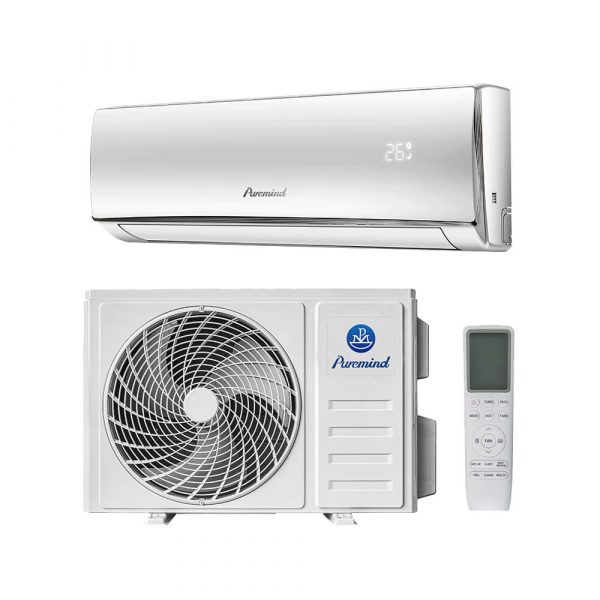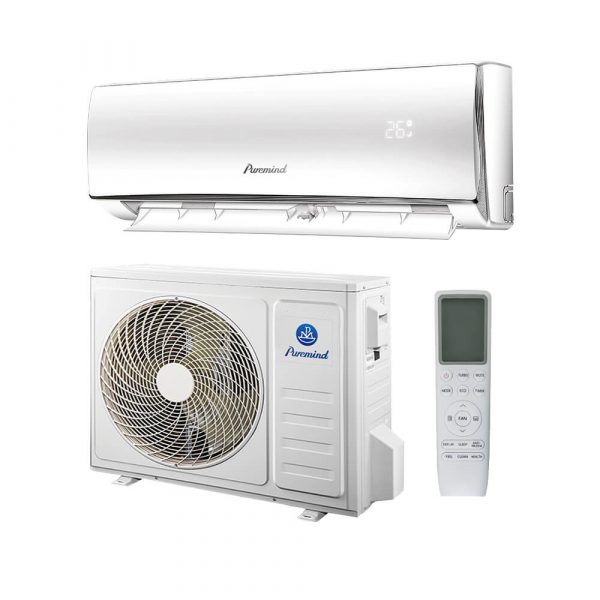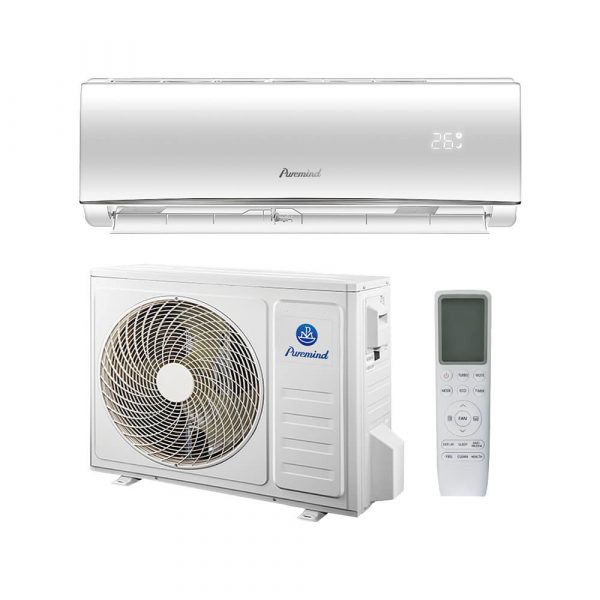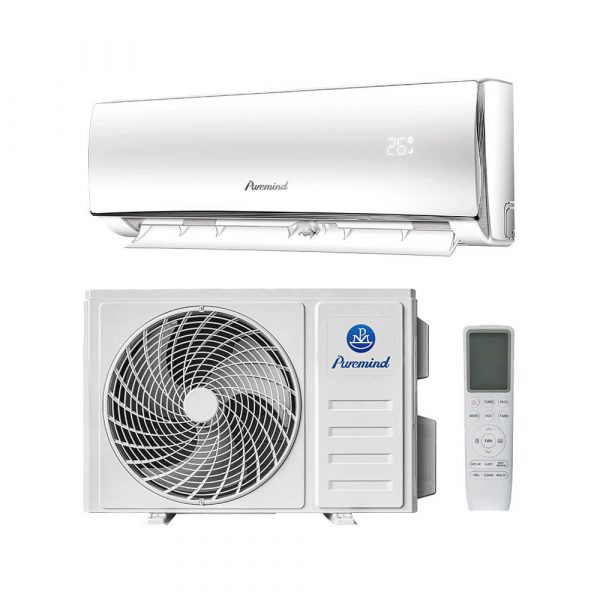Air Conditioner Split System Cost: Complete Guide for Wholesalers and Distributors
The air conditioner split system cost is one of the most frequently asked questions in the HVAC industry. With rising energy efficiency standards and consumer demand for comfort, wholesalers, suppliers, and distributors need to understand not only the upfront expenses but also the long-term value of split systems. This article provides a comprehensive breakdown of costs, influencing factors, market opportunities, and how distributors can effectively educate customers while increasing sales.
What Is an Air Conditioner Split System?
An air conditioner split system consists of two main parts: an outdoor compressor/condenser unit and an indoor air-handling unit. Unlike traditional window units, split systems are permanent installations that offer higher efficiency, quieter operation, and better indoor air quality. They can be designed as single-zone or multi-zone systems depending on the application.
Average Air Conditioner Split System Cost
On average, the cost of a split system ranges between $2,000 and $7,500, including equipment and professional installation. For wholesalers and distributors, it is important to communicate that prices vary significantly depending on brand, BTU capacity, and efficiency ratings. Contractors and end-users often underestimate the total expenses, which include more than just the equipment itself.
Factors Influencing Air Conditioner Split System Cost
- BTU Capacity: Larger capacity units cost more but are essential for cooling bigger spaces.
- Efficiency Ratings: High SEER and Energy Star-certified models come with higher upfront costs but lower long-term energy bills.
- Number of Zones: Multi-zone split systems increase both material and installation costs.
- Installation Complexity: Costs rise for systems requiring longer refrigerant lines or wall modifications.
- Brand and Warranty: Premium brands charge more but offer extended support and durability.
Breakdown of Split System Expenses
Wholesalers should highlight the following expense categories when educating contractors and customers:
- Equipment Costs: Typically 60–70% of the total budget.
- Installation Labor: Can account for 25–30% depending on project complexity.
- Additional Materials: Electrical wiring, refrigerant lines, and mounting equipment add 5–10%.
- Maintenance & Service: Regular servicing is required for peak performance and warranty compliance.
Air Conditioner Split System Cost vs. Other Options
Customers often compare split systems with window units or central HVAC systems. Key differences include:
- Compared to Window Units: Higher upfront cost, but much greater efficiency and lifespan.
- Compared to Central HVAC: Lower installation cost and easier zoning capabilities.
- Compared to Portable Units: Split systems offer permanent solutions and better ROI.
Return on Investment (ROI) for Split Systems
Although the air conditioner split system cost may seem high initially, long-term ROI is attractive. Energy-efficient systems can reduce utility bills by 20–40%. Additionally, property values often increase when split systems are installed, especially in markets where energy-efficient upgrades are highly valued.
How Wholesalers and Distributors Can Leverage Cost Transparency
For wholesalers and distributors, being transparent about cost factors builds trust with contractors and end-users. Providing detailed catalogs, training, and product comparisons allows buyers to make informed decisions. For example, showcasing products through split air conditioner listings helps customers find the right system within their budget.
Installation Considerations and Cost Impact
Installation can significantly influence the total cost. Simple single-zone systems may take only a few hours to install, while multi-zone commercial applications can span multiple days. Wholesalers can add value by offering installation training, technical manuals, and after-sales support to contractors, reducing callbacks and ensuring customer satisfaction.
Market Trends Influencing Split System Costs
Several global factors are shaping split system pricing trends:
- Energy Efficiency Regulations: Stricter standards drive demand for high-SEER models.
- Raw Material Prices: Costs of copper, aluminum, and refrigerants impact final pricing.
- Smart HVAC Features: Wi-Fi connectivity and smart sensors increase system costs but add customer value.
- Supply Chain Dynamics: Post-pandemic supply issues continue to affect pricing stability.
Wholesaler Strategies to Maximize Profitability
- Educate Customers: Provide transparent cost breakdowns and highlight energy savings.
- Bundle Services: Offer financing, extended warranties, or maintenance packages.
- Target Niche Markets: Focus on eco-conscious buyers and commercial contractors.
- Promote High-Efficiency Models: Emphasize ROI and compliance with efficiency regulations.
Future Outlook for Air Conditioner Split System Cost
The future of split system pricing will likely stabilize as manufacturers adopt new refrigerants and improve production efficiency. Trends toward electrification and renewable integration will continue to impact both costs and opportunities. Wholesalers should monitor industry updates from resources like Cooling Post to stay competitive.
Conclusion: Why Understanding Air Conditioner Split System Cost Matters
For wholesalers, suppliers, and distributors, mastering the dynamics of air conditioner split system cost is essential. Transparent communication about expenses, installation, and ROI builds trust and drives sales. By combining product knowledge, training, and support, businesses can position themselves as reliable partners in the evolving HVAC market. Investing in split systems today ensures not only profitability but also long-term sustainability in an energy-conscious world.







